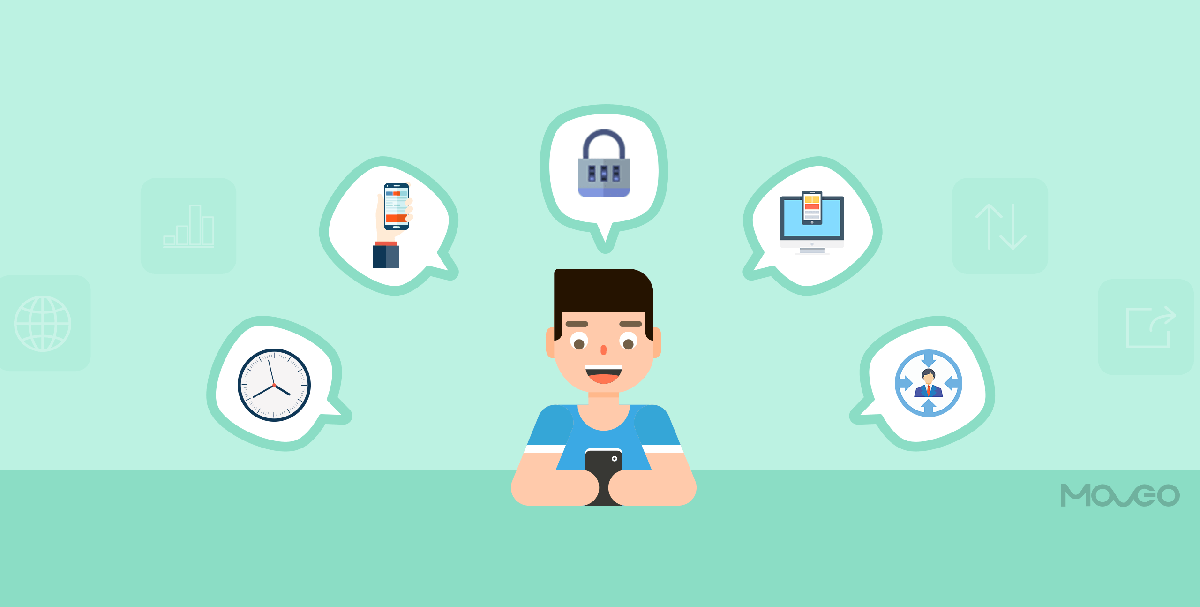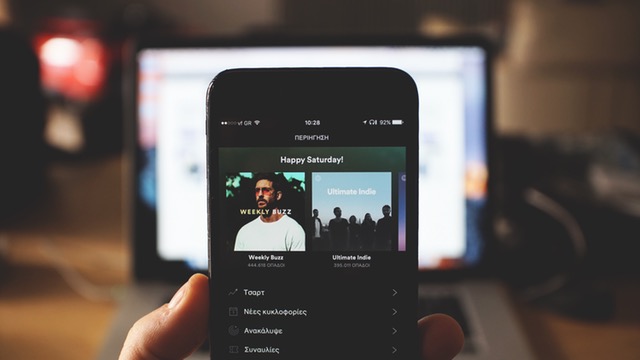In the current dynamic environment when customers have more choices than ever, and moving to another business is as easy as picking songs from a playlist, mobile applications are one of your most significant weapons in boosting user engagement, retention and brand loyalty.
Brands that don’t provide a seamless experience and top-notch usability on their app stand to lose a large chunk of their customers.
The good news, however, is that a number of steps can be taken to enhance your app’s usability and ensure a first-class experience.
Mentioned ahead are a few of them.
1. Reduce Loading Time
It’s the age of instant gratification and customers demand it, at least from their mobile application. With every user carrying high-speed Internet in their pockets, expectations have only risen. An app that takes too long to load cannot keep customers on board for long. Studies have shown that an app taking more than six seconds to load is more likely to be abandoned by users. It is absolutely crucial that your app loads quickly and customers can get to their desired page without much ado. Use deep links to guide customers to exact pages quickly and avoid unnecessary loading times.
Check out this intuitive infographic from the Kissmetrics blog to see how loading time affects your bottom line. Note that a mere one-second delay can reduce conversions by 7%. The stakes are high.
Here are a few ways you can keep your application loading time in check:
– Balance images and videos. The homescreen should be welcoming, vibrant and informative, but you must resize images to optimize quick loading.
– White space is your friend. Not only does enough empty space help quick loading, it also helps declutter the interface and guide user attention to the right areas.
– Timely checks are crucial. You can never know how fast or slow your app is loading unless you test the loading speed often.
– Use animation during wait time. The monotonous progress bar or the spinning wheel just makes a user feel like he’s been waiting forever. Instead, use clever animation to keep users occupied while the app loads.
2. Optimize Functionality for Enhanced User Experience
An app is designed to make a consumer’s life simpler and more convenient. Whether it is a shopping app, a food delivery app or a banking app, the idea is to make the ensuing process easier and facilitate smoother, more productive engagement. An app should be easy to navigate and should get things done quickly. It is important that all measures be taken to keep your customers engaged with your brand when using your app.
Augmented Reality – This is a path-breaking technology, increasingly being adopted by a myriad of businesses. Users can try makeup and clothes virtually (Modiface), try on a tattoo (Ink Hunters) or see how a piece of furniture would look in their home (SnapShop Showroom).
Location Optimization – Sending a customer offers and information that is specific to his city or locality is a definite plus over sending generic offers that may not always benefit him/her. Allowing your app to access the user’s location and then customizing results gives you a certain edge over the competition.
Offline capabilities – It’s a little disappointing when users simply cannot use your app when the signal is down. It’s a good idea to have some content and features that can be accessed offline.
Social Media Login – Easy one-click social media logins that help users share information among friends and groups are a great usability plus.
Feedback – When a user is able to leave feedback, report bugs and in other ways, communicate his problems directly, user engagement takes a leap and also, you get a chance to resolve issues and gain likeability.
One-Click Contact – Allowing users to contact your customer service when they need assistance is a sure way to improve customer service and retention.
These are just a few of the many creative ways you can add more functionality to your app, thereby increasing its usability, engagement and retention.
3. Security is Paramount
Despite the explosion in mobile usage and the increasing adoption of mobile applications, users are still concerned about their security when it comes to sharing personal information online, and rightly so. If your app requires users to share financial information like credit card numbers or pin numbers, or personal information like pictures and life events, you need to take top-notch security measures for protecting their data from cybercrime.
Security best practices include adding multiple layers of authentication such as account password as well as One Time Password or OTPs.
It is crucial to develop a secure application that actively screens all content to detect malware and effectively block it.
Developers must enforce Data Encryption to make sure no data is accessed by a third party. It’s a good idea to make a provision for ‘remote wipe’ or erase all data remotely from a device that is lost or stolen.
Apps must be continually tested to keep intelligence sources up-to-date and monitor the tidal wave of possible threats.
4. Make It Interactive and Responsive
Let’s not forget the time when life used to be a lot more social. Buying something involved visiting a store, talking to a sales assistant, brainstorming opinions and turning to a friend for the final nod. With apps, customers still crave a social experience. This is why an interactive app increases user engagement and draws in loyal customers over and over again.
Apps can be made more interactive in several ways. Offering a good collection of reviews, live chat support, and interactive product finders are some of the ways in which apps can increase interaction.
5. Personalize
Customers have high expectations and with the multitude of choices available, they will easily move on to another brand if they aren’t entirely happy with yours. It is, therefore, imperative to make them feel special and valued.
Personalize your app by remembering your customer’s preferences, usage history and frequently visited pages. Suggest products, places or deals that will be ideal for every individual customer based on their history. Focus on gathering crucial data to achieve this. Send reminders and special offers on occasions like birthdays and anniversaries. Remember when they complete a year with you. These are the little things that go a long way in making your customers feel more like a valuable part of your family. We are, after all, humans and playing to a customer’s emotions is bound to promote brand loyalty on a whole other level.
Conclusion
Mobile and desktop applications take center-stage in the modern customer engagement scenario and any business hoping to build long-lasting relationships with customers should provide an unmatched user experience to foster brand loyalty and retain a coveted spot on the user’s device. Following the aforementioned best practices and adding your unique creative touch to applications lets you deliver a stellar performance every time and stay a cut above the competition.




